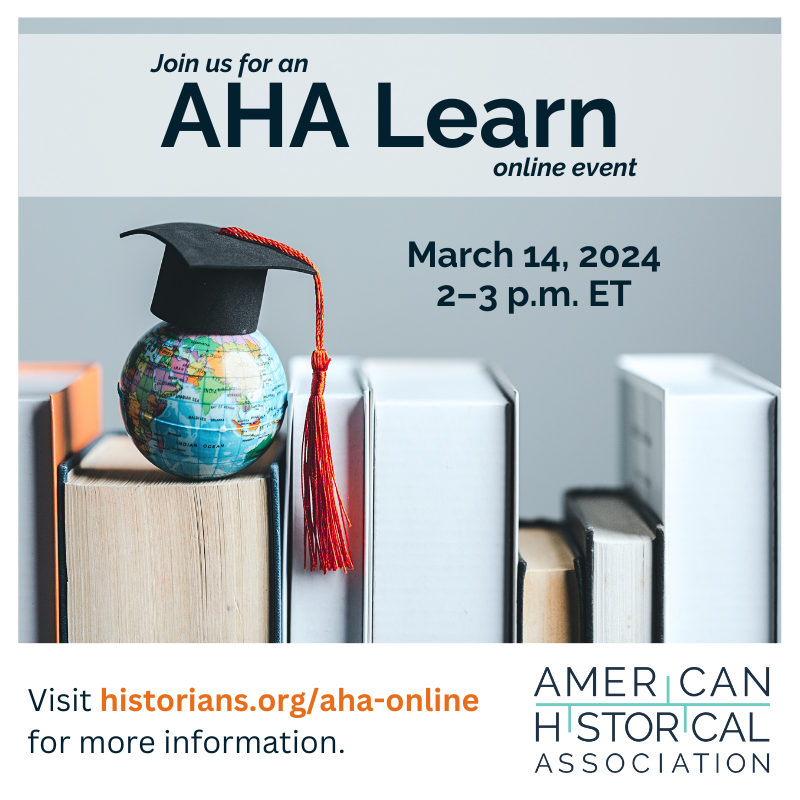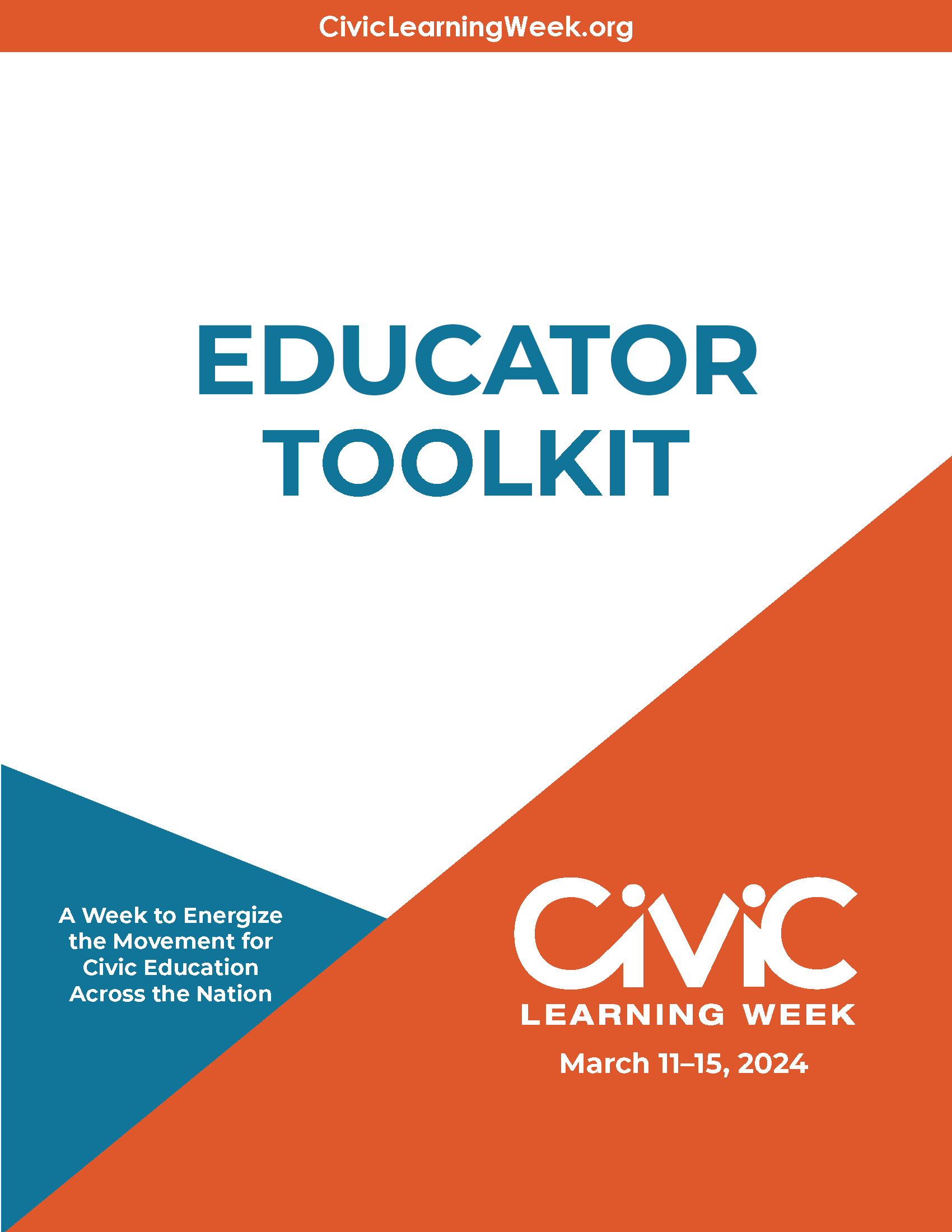Get the Educator Toolkit to access resources for planning and communicating your participation in Civic Learning Week. The toolkit includes planning resources, sample social media posts, graphic assets, and more.


“What are schoolchildren being taught about our nation’s history?!” Among education reformers and activists, the question raises alarm, often grounded in broad assumptions about the possibility for politics to shape what happens in the classroom. About two years ago, the American Historical Association decided to take the question more literally. In the multistage Mapping the Landscape of Secondary US History Education project, an AHA research team set out to describe the contours of a vast and varied terrain—an empirical grounding for ongoing debates and deliberations about the teaching of the American past. After a year and a half of interviewing social studies administrators, surveying US history teachers, coding state legislation, and appraising district-level curricula, the team has some answers. In this session, the Mapping research team (historians Nick Kryczka, Whit Barringer, and Scot McFarlane) share their research from the field—and engage webinar participants in a discussion of how history’s civic function in K-12 education is faring in a polarized moment.
Already registered? Login

Get the Educator Toolkit to access resources for planning and communicating your participation in Civic Learning Week. The toolkit includes planning resources, sample social media posts, graphic assets, and more.
Get the Legislator Toolkit to access resources related to Civic Learning Week.